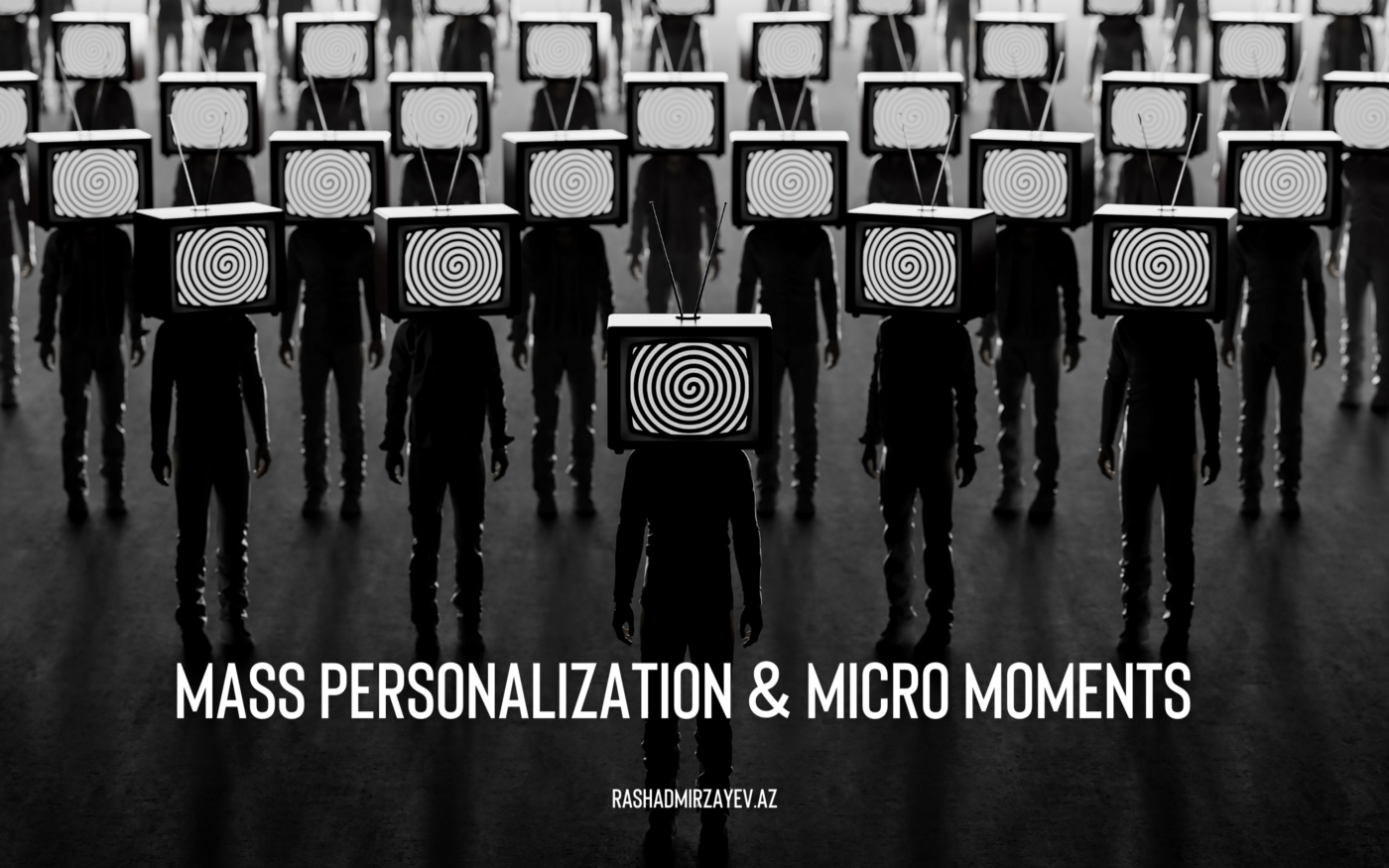Secure your organization before it forces you to.
Adopting the culture of security in an organization is one of the most spectacular things in the world of modern excellence. In the current global standards of modern-day lifestyle, technology is an amenity of essence. In fact, technology and related advancement is the finest backbone when it comes to a secure organization. This informative article will help you identify cognitive approaches of securing your establishment through technological principles such as cybersecurity practices.
What is cybersecurity? The current state of the word is composed of ethical individuals and non-ethical individuals. Lack of ethics in the digital age have attracted strict measures of technological security approaches called cybersecurity. Therefore, the approach and methodology of securing and defending computing devices in a given organization or on an individual level is known as cybersecurity. Some of these computing amenities include data, various networks in the organization, mobile computing devices, serves, electronic systems and so forth. Cybersecurity doctrine safeguards an organization against malicious users such as hackers, computing viruses and so forth.
We have to agree that nearly all organizations in the world have adopted the Information Technology way. This means that more computing devices are being used in a given firm hence exposing the company to insecurities and so forth. Before situations force you to instill measures of security, below are a few safety hacks based on cybersecurity efficiency.
The Context of levels of Cybersecurity.
Cybersecurity can be divided into a number of sections based on the context of application. One should understand that the paradigm cuts across the world of business and computing devices as well. An organization can major its practices on network management and related functionality. Such enterprise requires a high level of technology security for its information technology artifact and electronic oriented information infrastructure. The form of cybersecurity practice is called network security which performs various functions all the same. Network security is an algorithm that focuses on defending organization networks in terms of curbing and mitigating opportunistic malwares. Network security secures an organization dealing with network activities on malicious attackers and attacks from hackers.
Application Security.
An organization is a hub of software and various applications running on different levels of machines. A security protocol is needed to ensure the safety of the software and the devices at large. Application security is a level of cybersecurity doctrine that ensures that all the software and related devices are free from malwares and security attacks. Through the protocol of application security, chances of exposing confidential data are enhanced. Application security is deemed to be successful if the design state of this level is off the chart meaning it has to be perfect before deployment.
Information Security.
Customer information is of essence in a given organization. Security of information is the spine of increased Return of Investment alias RoI if your organization is based on customer involvement. It is through this reason that one is forced to establish a protocol that will safeguard information through privacy algorithms, integrity promotion protection of storages, repositories and so forth. Information Security is the type of cybersecurity that aids in the later procedures.
Operational security
An organization involves high level operation that requires tight security. This level of cybersecurity protects the processes involved in an organization when it comes to digital assets and data assets. Operational security provides a secure realm of data and digital assets handling and the decisions involved in the use of the assets. It is a level of security that is responsible for security measures such as permissions, authentications and so forth. It also governs the repositories of the assets.
Organizational continuity and fatality recovery.
In case of a cyberattack, the degree at which a given organization responds is important. Also known as disaster recovery and business continuity, this is a level of cybersecurity practice that manages any cyberattack and safeguards all the software and hardware involved. The protocol creates a foundation where one can restore lost data and related operations simultaneous and bring everything back to normal. Organizational continuity or what is known as business continuity is the attribute of organization protocols that provide alternatives in case of an attack.
User awareness protocol.
The procedure involves the people. There many factors that can expose one of cyber-attacks. To try and mitigate that situation, end-users are given certain procedures against doing some malicious activities in an organization. Education to the end-user is the primary goal of avoiding cyber-crimes.
The Remedies of Cybersecurity practices in an organization.
A modern organization is composed of both hardware and software complexity in order to execute various functionality. If the latter is the case, vulnerabilities have definitely increased and the only way to protect and defend an organization is through cybersecurity. Below are some of the major cybersecurity practices that need to be followed to avoid future regrets in an organization.
MFA alias Multi-factor Authentication. Well, an organization requires more than two security step by step procedures for its functioning. In this safeguarding attribute, an establishment should have multiple multi-factor authentications which are certified and verified for organizational security. There should be both physical and logical protocols that ensure security data and private information in an organization. Biometric identification is also part of MFA. There are various software that can be used in this measure. Compliance should be enhanced in a given organization and MFA is the way. Through MFA, data insecurity is enhanced and any user who is not authorized by the system is deemed as an intruder hence security.
Mobile ID Scanning. Nearly all organizations have users and these users have various identification Identity cards and so forth. The mobile ID Scanning amenities are connected in a given network giving an aid of powerful security checks. The devices have security facial recognitions which helps identification of intruders. No authorized person can intrude an organization the mobile ID scanning is connected through an online repository with authorized personnel details.
Back for data and encryption processes. One of the major reasons why cybersecurity is adopted in an organization is the capability to bring a sense of data recovery and encryption. With an aid of technological advancements such as Artificial Intelligence and machine learning, data can be restored, stored and safeguarded effectively. Data science is also a new technology under innovation that will increase the capability of an organization in terms of analysis of data and many more. Predictions will be encouraged thus bring about better production and results.
Cyber security insurance. In the current sphere of technology, a culture of investment is rapidly growing. Cyber security being among the growing sectors, many companies have opted to major and narrow their functionality on cyber security. An organization might find it hard to adopt the policies of cyber protection. Due to this reason, cyber security insurance offers an exclusive access to reliable security protocols on a given duration of time or rather based on the agreement. Lastly, through the adoption of cybersecurity practices, an organization is likely to increase the rate of customers which means it’s an increase in RoI. Adopt the practices today to avoid future regrets.






